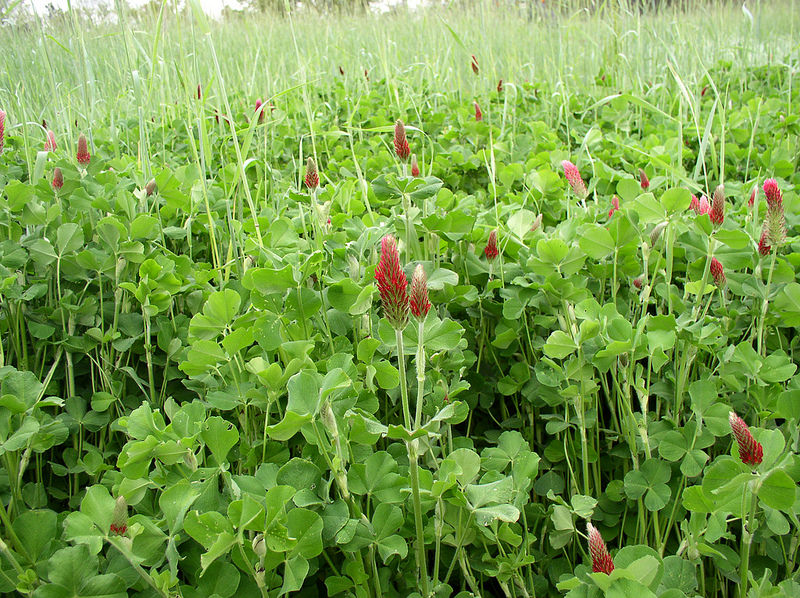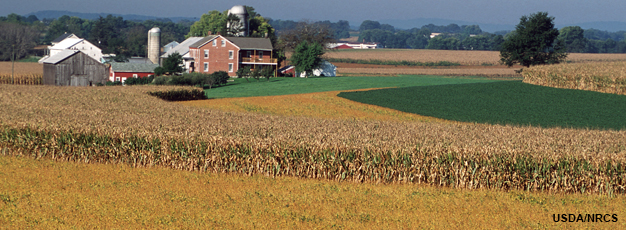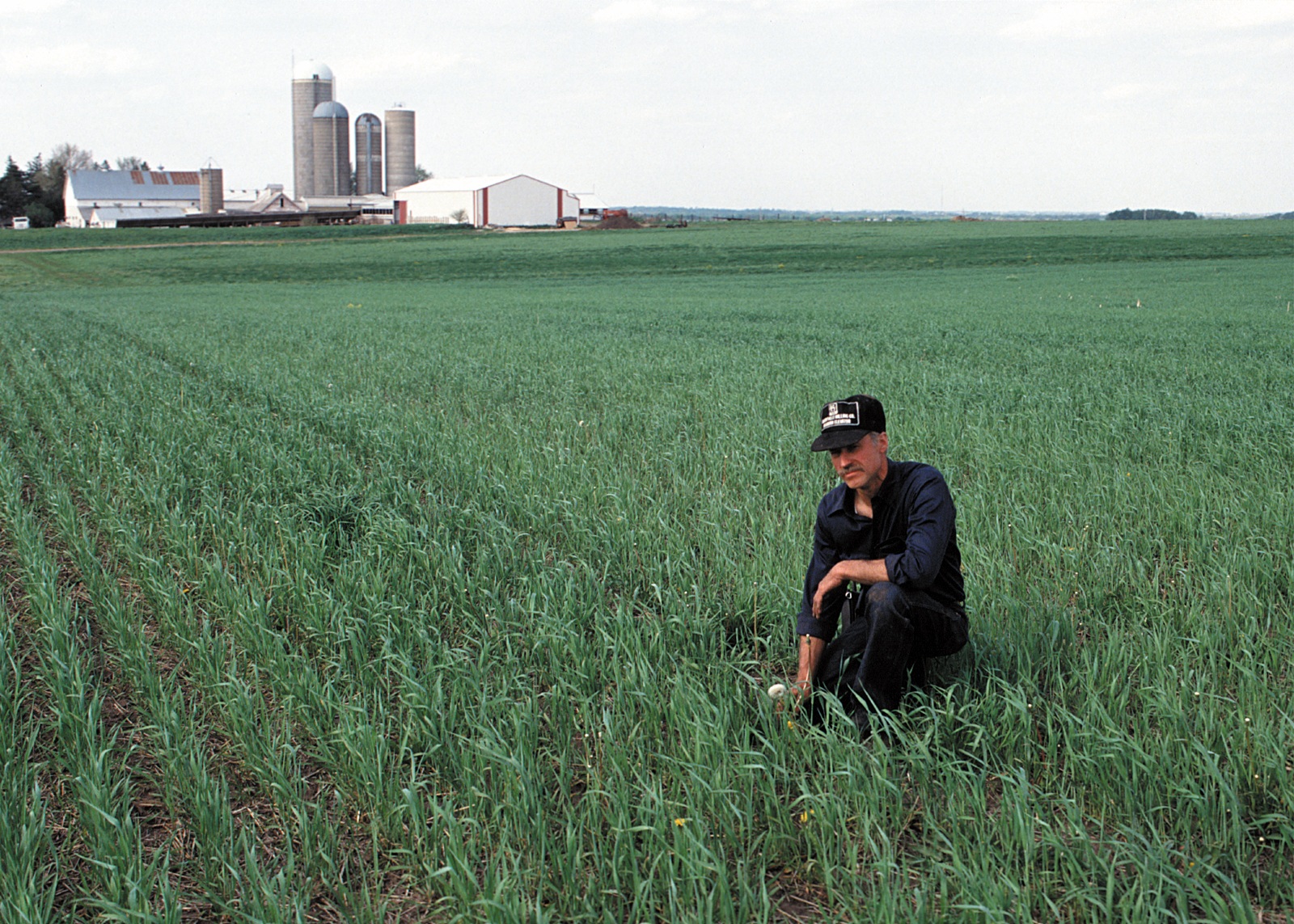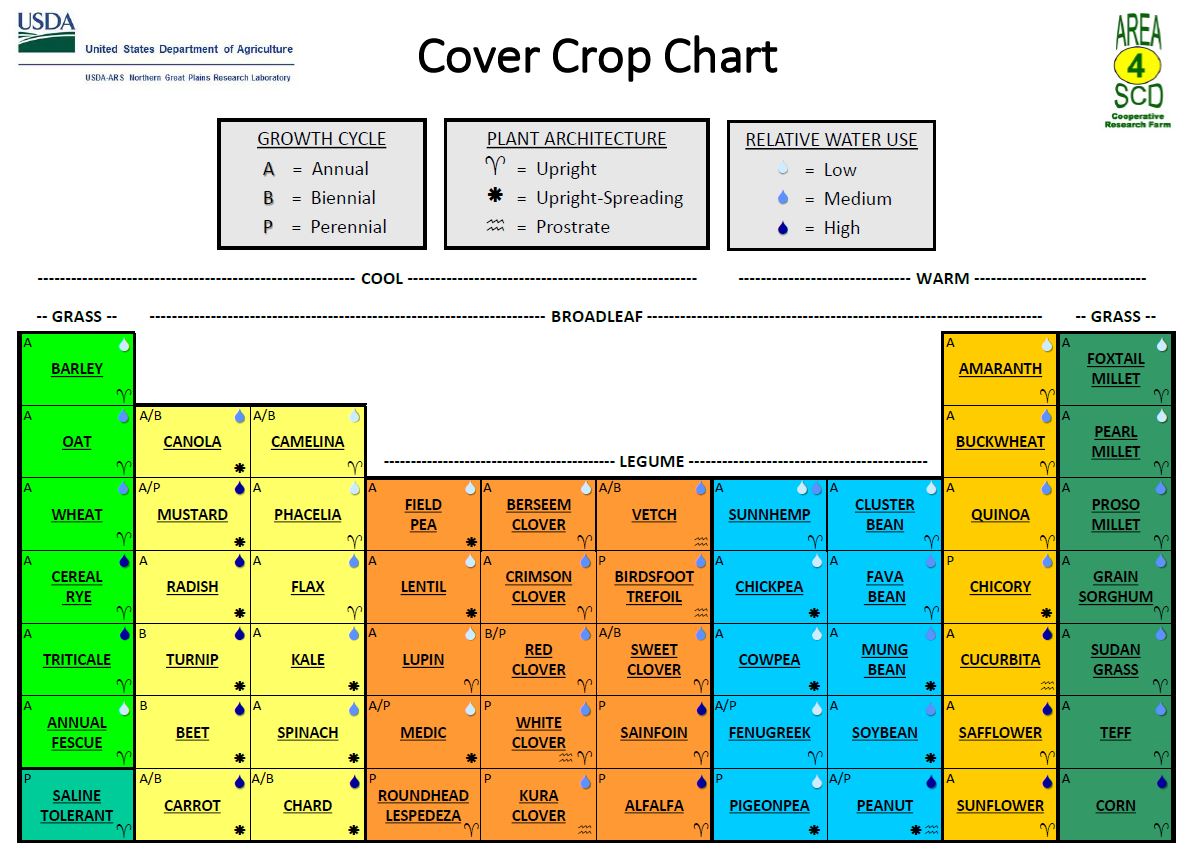Cover crop usage sets record as farmers see environmental, financial benefits

Aug. 14—FRANKTON — Most of the fields surrounding Mike Shuter’s farm in western Madison County had blossomed with corn and soybeans by early August.
But one, situated next to a winding driveway leading to the farmhouse, featured much smaller and less conspicuous greenery.
That 180-acre plot, Shuter said, is being used to grow buckwheat seed for use as a cover crop. Once fully grown — probably by early October — it will be harvested and replanted elsewhere to ensure that the microbes in the soil remain healthy, and that the soil itself will remain suitably porous throughout the winter months.
“It’s kind of an ongoing learning process,” said Shuter, the president of Shuter Sunset Farms, a fourth-generation family farm specializing in corn, beans, cattle and pork production. The operation covers about 3,000 acres in the northern and western parts of the county. “The more we understand about soil health and the microbes in the soil and how we’re helping them with cover crops, the deeper we get involved with it.”
Shuter and hundreds of other farmers across Indiana are integrating cover crops into their operations more than ever. According to a recent survey commissioned by the Indiana State Department of Agriculture, the state’s farmers set a record this year by planting an estimated 1.5 million acres of cover crops, also known as overwinter living covers.

Cover crops are important, advocates say, because they promote a variety of environmental benefits. In addition to improving overall soil health by adding living roots to the soil over a greater time period each year, they also improve water filtration and increase organic matter in the soil. Some cover crops, such as legumes, also serve as natural fertilizers.
Shuter began experimenting with cover crops in 2009, and over the years he’s seen technology improve to a point where fine-tuning the ingredients in different herbicides is a more seamless process.
“Part of it was networking with other producers across Indiana and some other states and learning what their experiences have been,” he said. “We still try to network in and out, trying to help other producers understand what we’ve learned and still learning from some other good friends as well.”
By keeping roots in the ground throughout the winter, cover crops can also act as natural filters for ground water, which can prevent sediment from moving into nearby waterways, thus keeping the water supply cleaner.
“All those root channels help us capture those early spring rains,” said Jill Hoffmann, executive director of the White River Alliance, an Indianapolis-based nonprofit organization that promotes the improvement and protection of water resources in Central Indiana. “We’re also sequestering carbon, which helps us with climate change, and it helps the soil hold more water, so that can prevent loss during drought.”
The recent survey, conducted by the Indiana Conservation Partnership, estimated that 1.6 million tons of sediment was prevented from entering the state’s waterways. The practice of cover crop planting also kept approximately 4.1 million pounds of nitrogen and more than two million pounds of phosphorus out of lakes, rivers and streams, the study found.

“By increasing our cover crop practices, we are keeping Indiana waterways and soil healthier for future planting seasons and the next generation of farmers,” Lt. Gov. Suzanne Crouch said in a news release.
Shuter said he normally plants cereal rye ahead of soybeans and rye grass ahead of corn. He’s also taken part in crop study programs through the local Purdue Extension office, as well as other programs that have helped him refine his approach to using cover crops.
“We’ve had a few field days over the years where we talk about cover crops,” he said. “About 20% of our operation is organic now, and we’re using cover crops even more intensely in that. There’s a lot of things we’ve learned that we’ve been able to take advantage of in the years of experience we’ve got.”
In addition to environmental benefits including pollution prevention and carbon sequestration, conservationists say the practice also improves farmers’ bottom line.
“This year’s data may be surprising to some considering the tough farm economy this past year, but over time, our farmers have learned that incorporating a comprehensive management system into their operations that includes cover crops…helped improve the sustainability and productivity of their soils, said Indiana State conservationist Jerry Raynor. “As a result, farmers are sequestering more carbon, increasing water infiltration and improving wildlife and pollinator habitat — all while harvesting better profits and often better yields.”

Hoffmann said it’s encouraging to see many of the state’s farmers recognizing that they can play a role in preserving — and even bettering — the environment.
“As we look at the challenges that we’re facing environmentally, we all have our part to play,” she said. “To see farmers adopting these practices that not only benefit their operations, but also protect our water supply, it’s encouraging to me that they’re taking these actions.”
